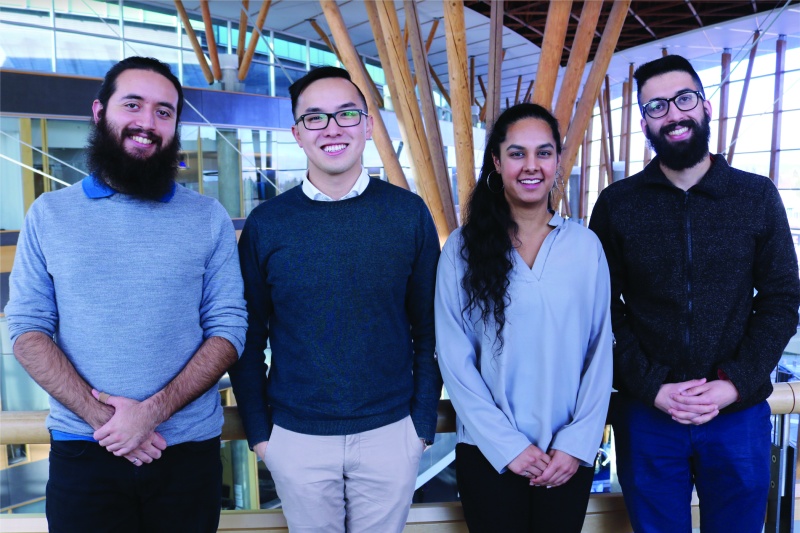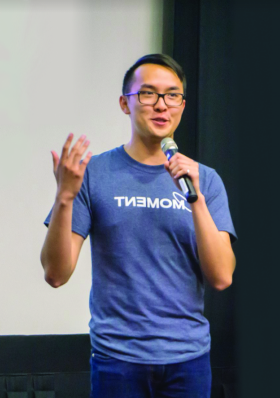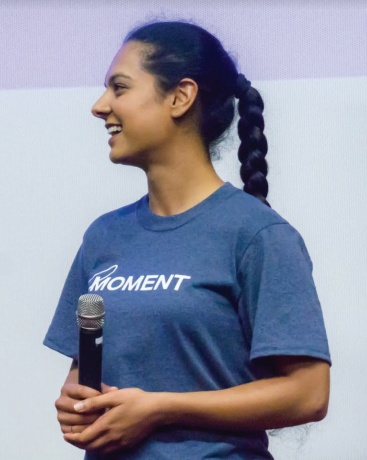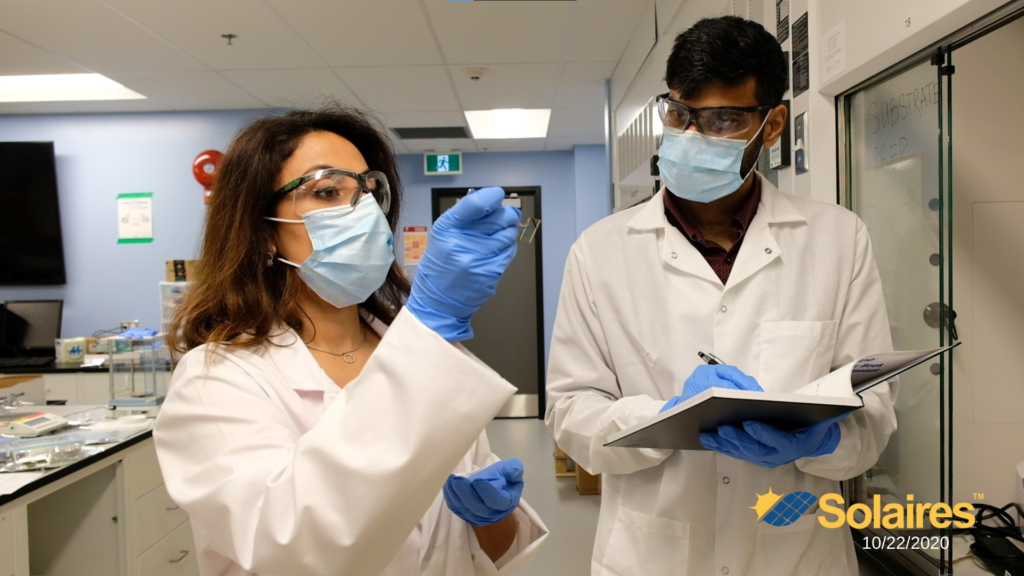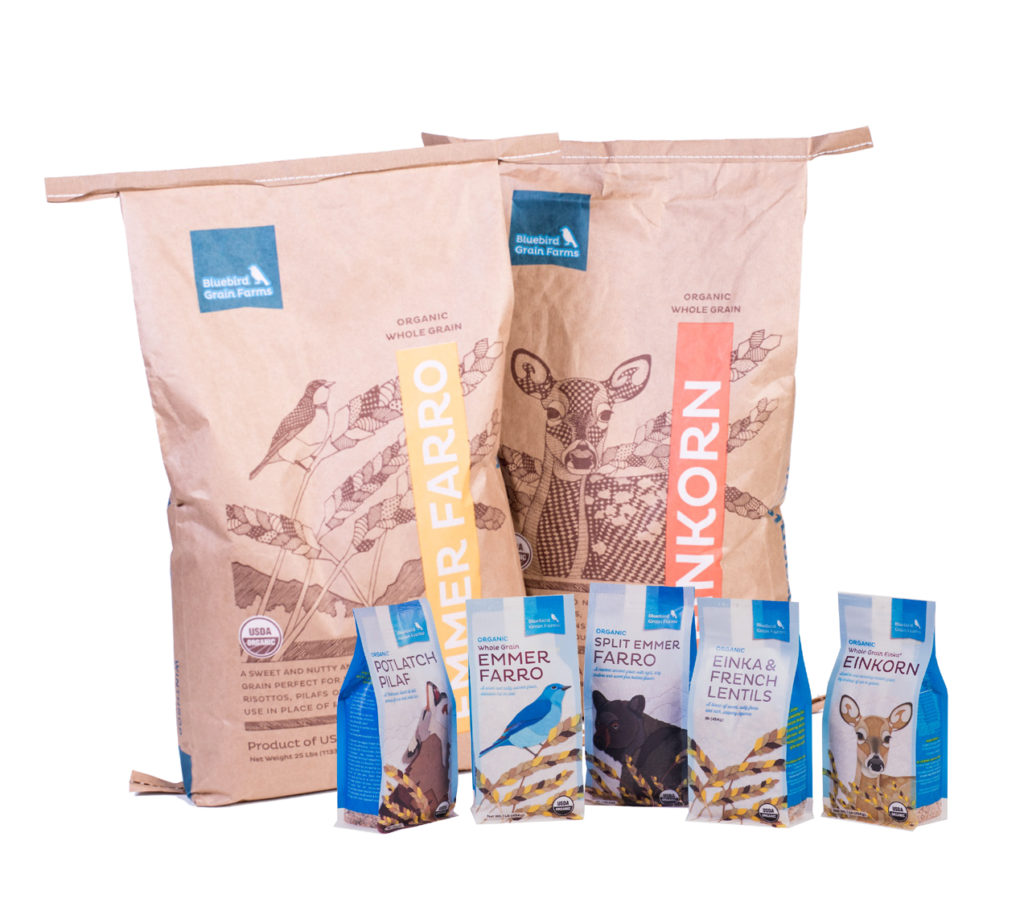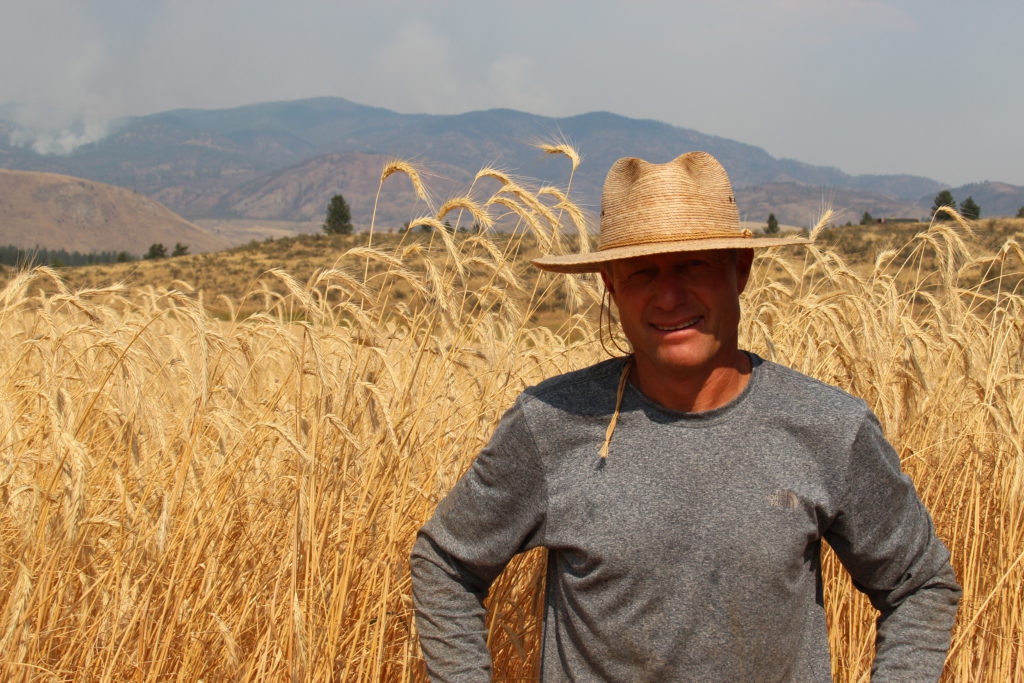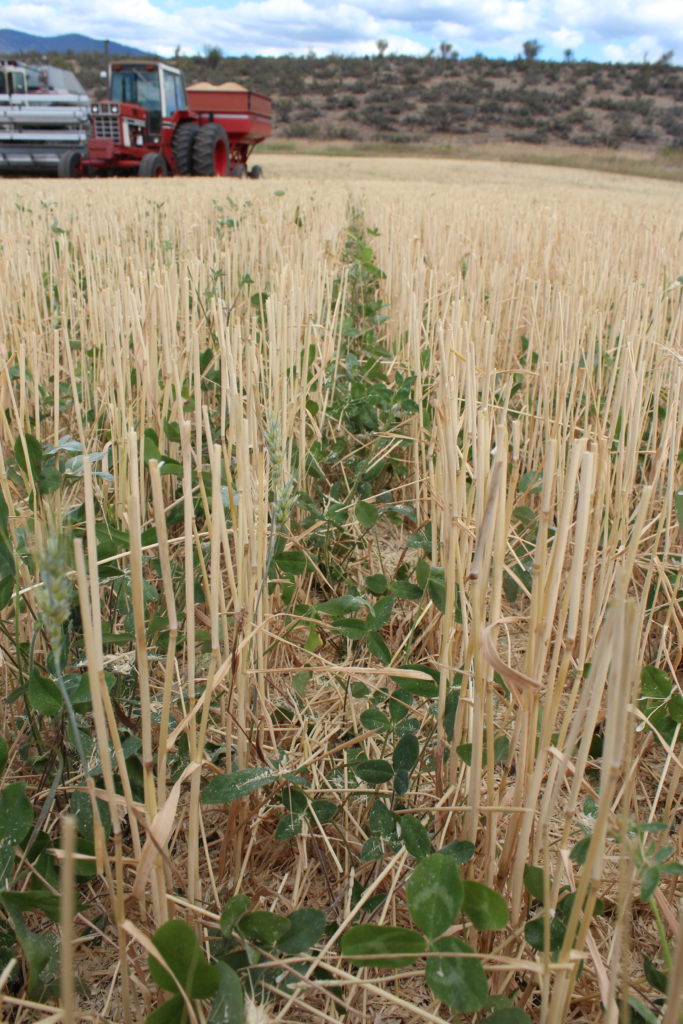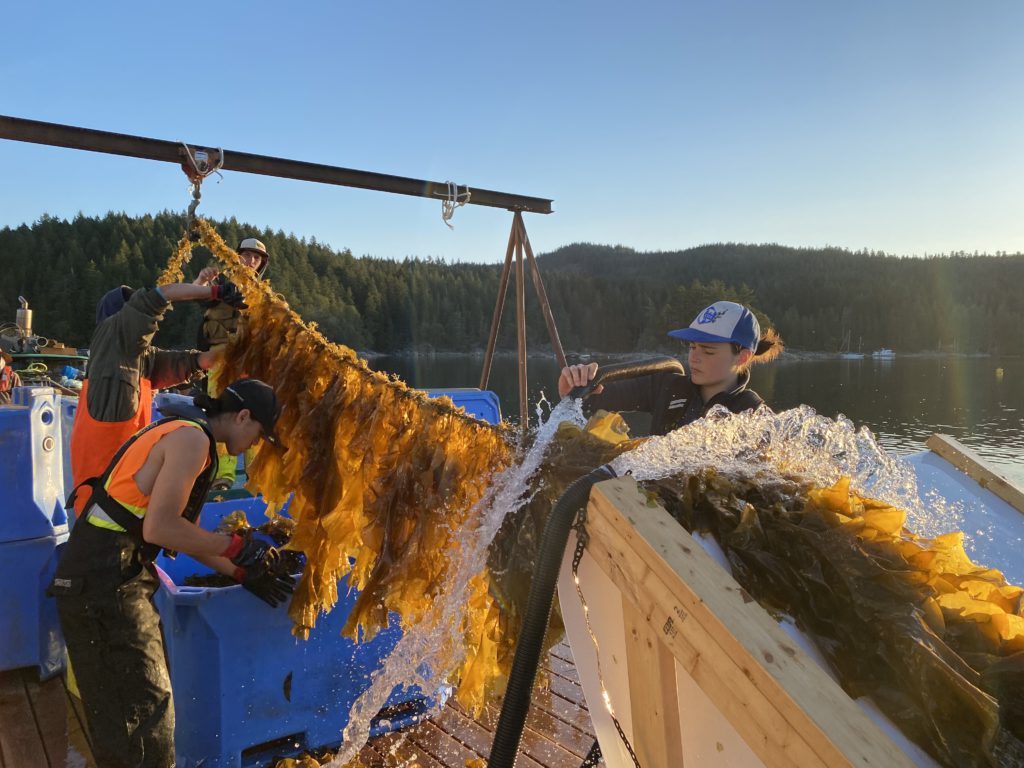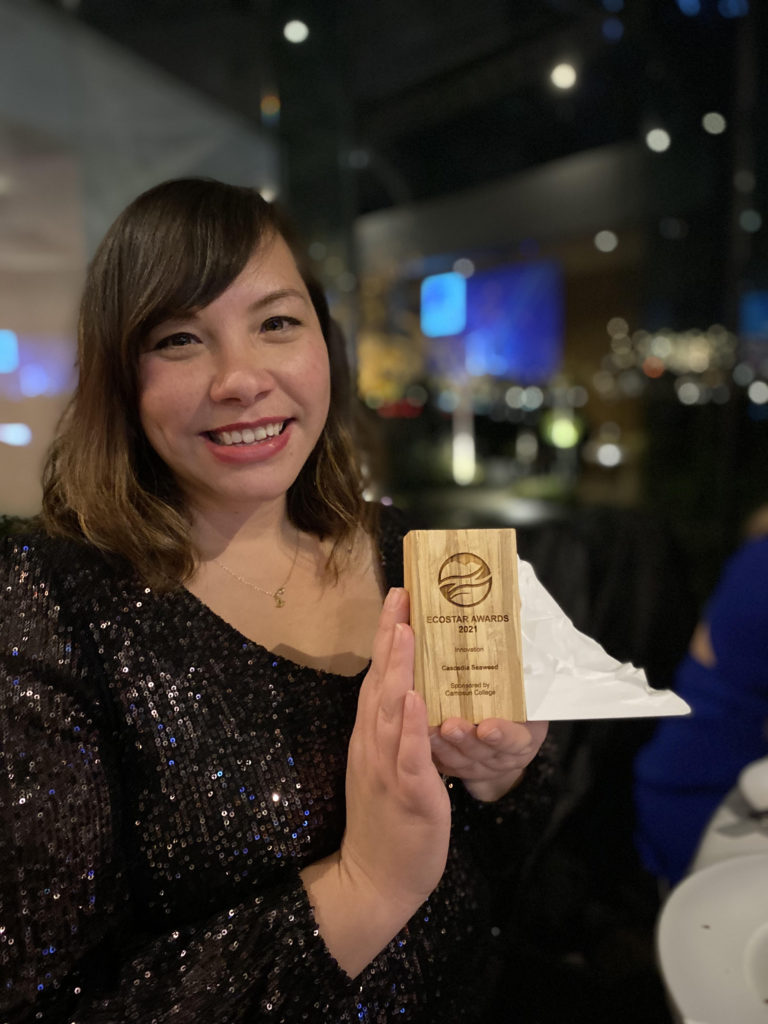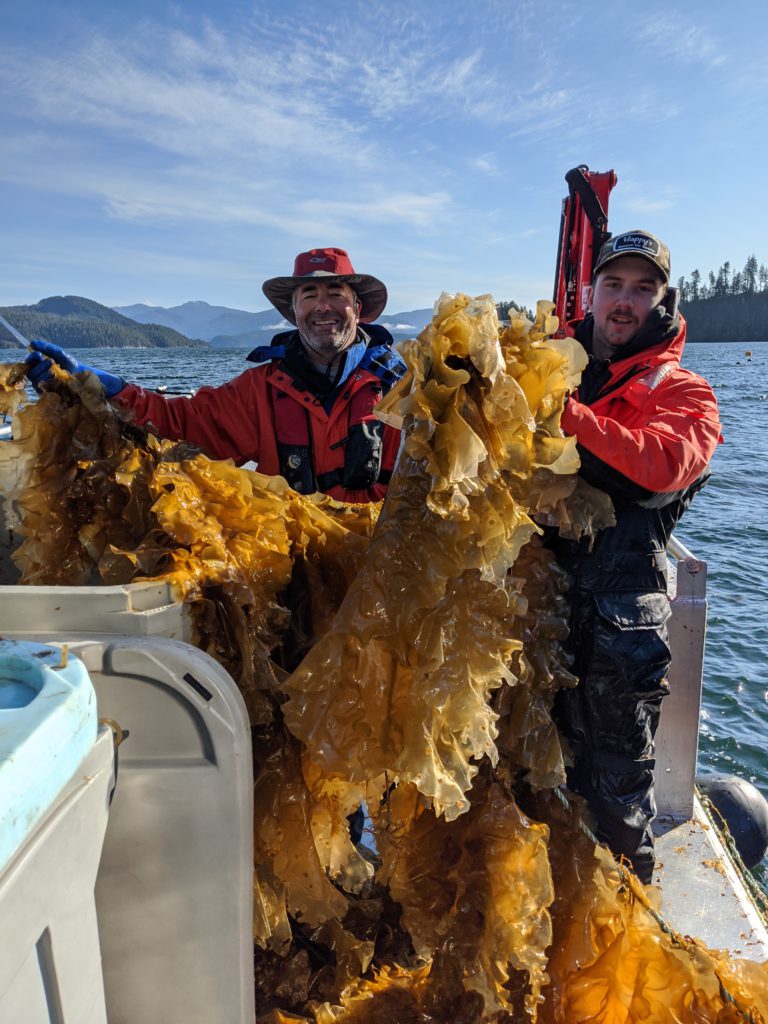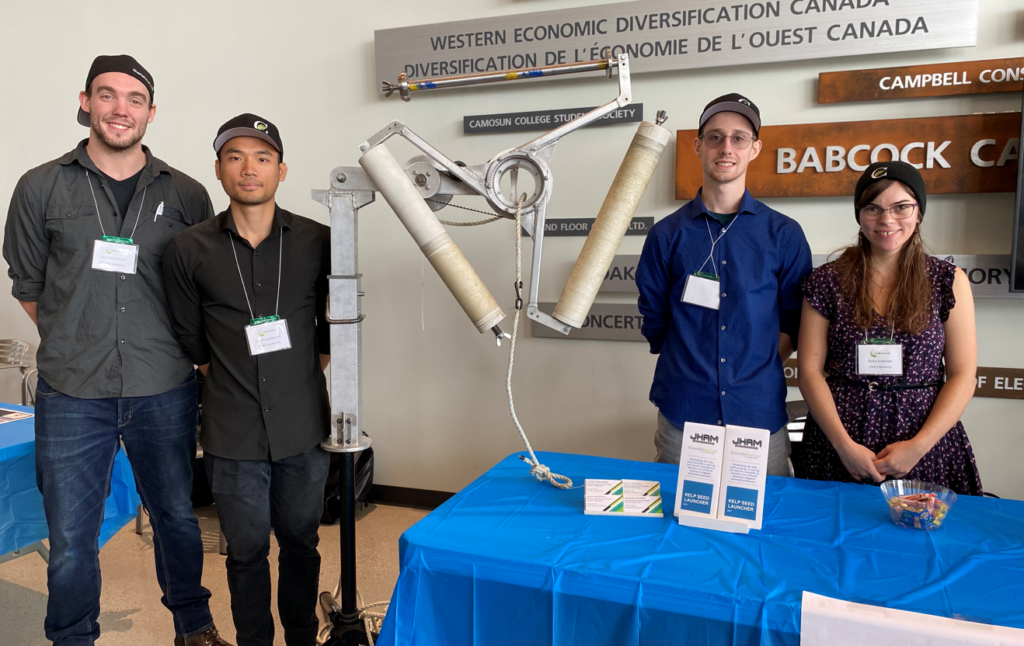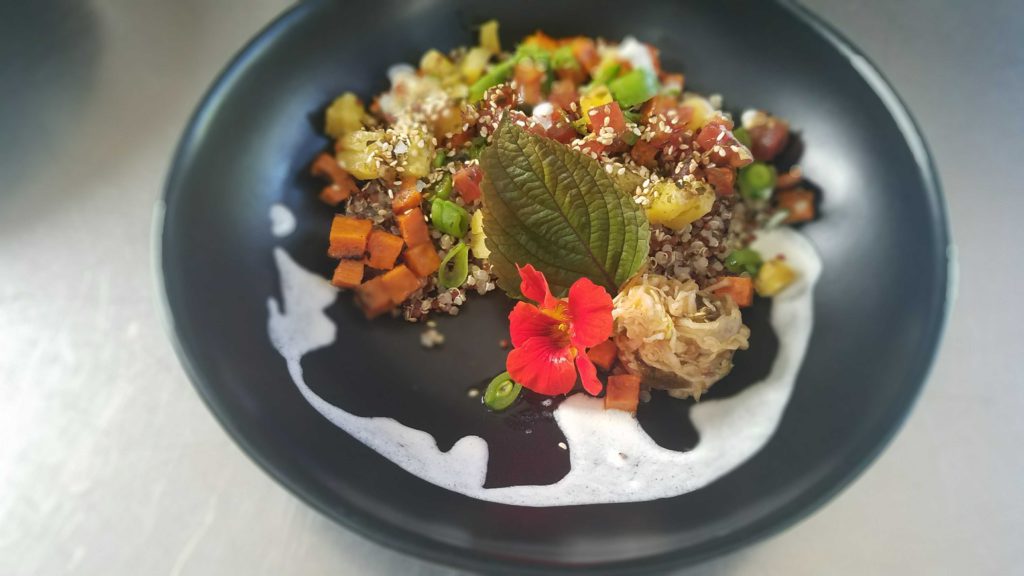With today’s pressing social and environmental issues, there’s no shortage of individuals and brands doing their part to make a difference. Some issues, however, quite literally take a village. Harnessing the power of the collective can amplify existing efforts and fill in the missing pieces necessary to make a lasting change.
Since 2018, Brands for Better Foundation has been uniting brands across Vancouver to tackle the issues affecting the city. We spoke with Karla Peckett, VP Brand at SOLE/ReCORK and Founder & Executive Director of Brands for Better Foundation, about their fascinating start, big wins, and future projects.
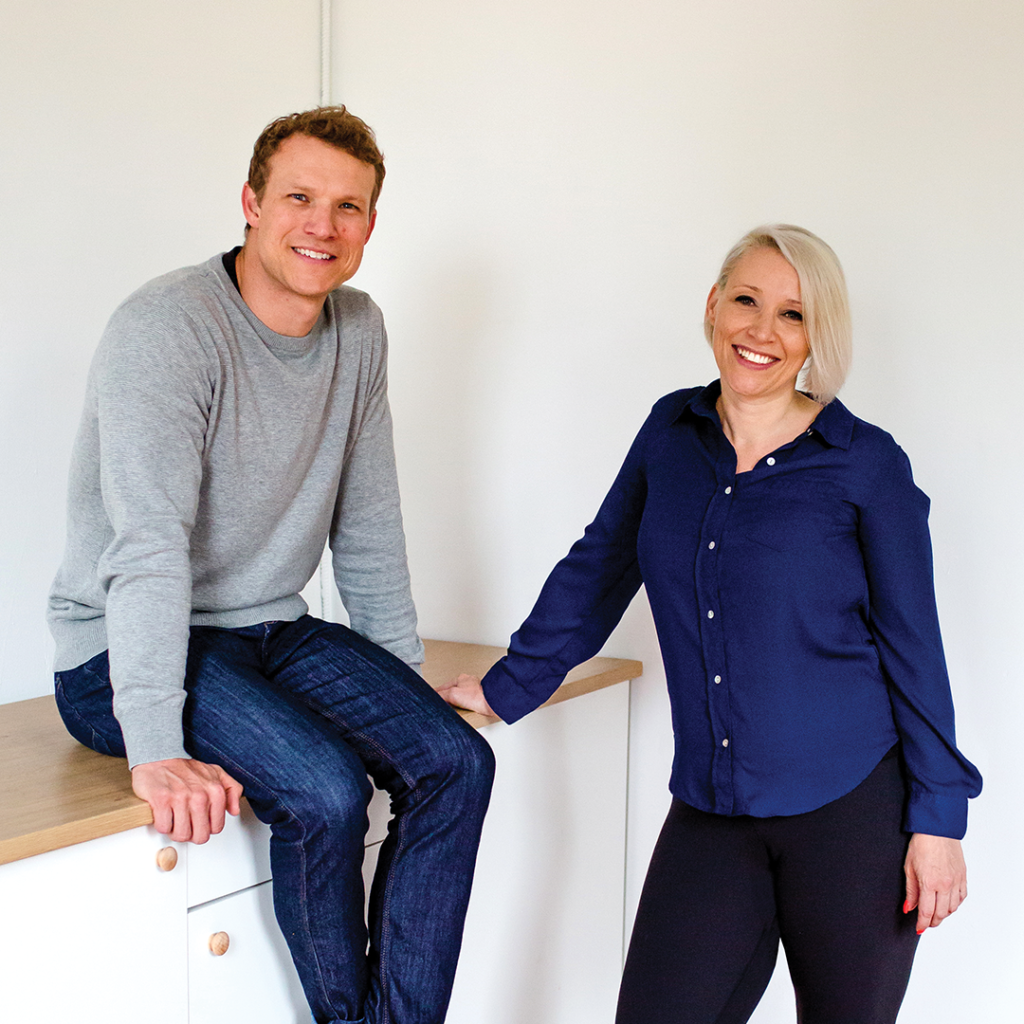
Tell us about Brands for Better Foundation’s mission.
Brands for Better Foundation is a volunteer-driven not-for-profit organization based in Vancouver, BC that unites brands to tackle pressing environmental and social issues in our community. We do this by developing and hosting inclusive events and initiatives where brands unite, share resources, combine their brilliance, and multiply the effects of their efforts for the local good, turning brand teams into changemakers.
What inspired you to start your organization?
Brands for Better was conceptualized in 2018 at the Outdoor Retailer Expo and Conference by our team at SOLE/ReCORK when we invited sustainable and ethical brands across the show to share lightning talks on their impact efforts. The goal was to amplify the good work of brands that were using their businesses as a force for good, and it drew in quite the crowd!
Seeing great success through this initiative, our team returned to our home base in Vancouver with an idea to bring Vancouver-based brands together in a similar fashion.
Founded by SOLE/ReCORK executives Karla Peckett and Mike Baker, as well as Digital Hot Sauce and Inbox Booths Founder Scot Sustad, Brands for Better Foundation was established with a clear mission: to bring measurable positive impact to local communities by harnessing the united power of brands and their people.
In 2018, 35 senior leaders of Vancouver’s biggest brands were invited to a vision lunch to learn about a conference and design thinking pitch competition called the Brand Battle for Good, aimed at tackling local social and environmental issues. What set us apart was our promise of implementation and measurable impact; the winning idea would be brought to life with the help of the Brands for Better founding partners. With volunteers raising their hands, the interest was obvious and immediate.
What were some of the challenges you encountered?
The first Brand Battle for Good, aimed at moving Vancouver toward zero waste, was meant to happen in late 2020 but was postponed a year and reshaped to a virtual event because of COVID-19, thus launching in April 2021. In the interim, our fresh but eager network got together, giving virtual consultations to five local businesses in need on how to pivot in the face of the pandemic.
Virtual meeting tools have proven invaluable but can’t compare to the palpable energy that comes from being in the same room with like-minded folks ready to make positive change. Our next iteration of the Brand Battle for Good will be a hybrid of a virtual conference and in-person hack-a-thon.
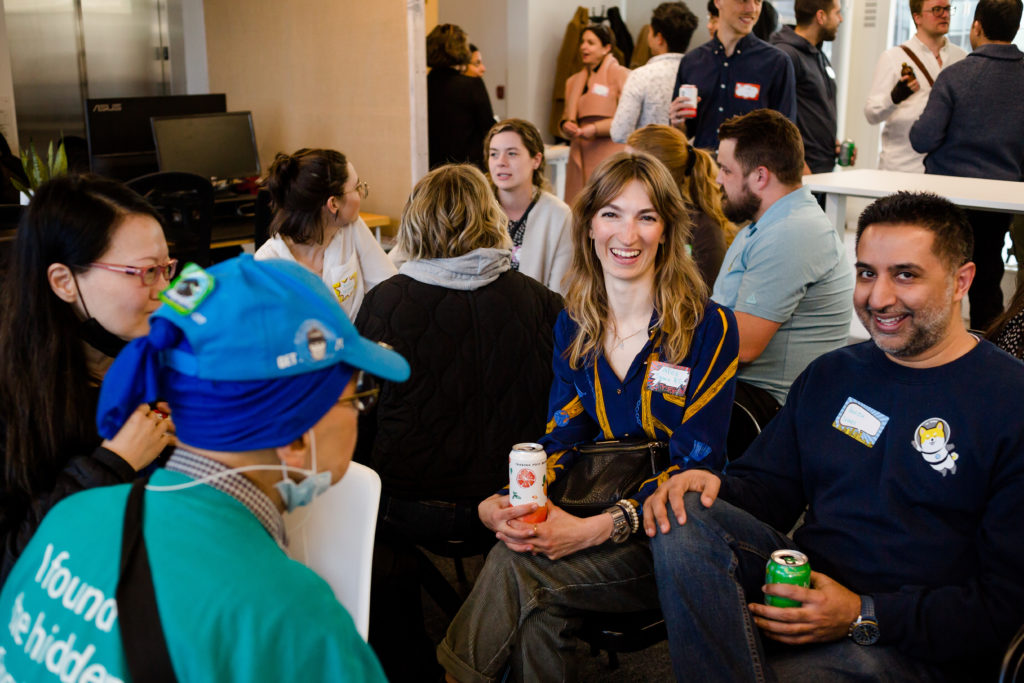
What do you consider to be Brands for Better Foundation’s biggest success?
Our inaugural Brand Battle for Good in April 2021 saw brands like Arc’teryx, Lush, Hootsuite, Unbounce, Vancity, Earth’s Own, Happy Planet, and Swany in attendance, alongside founding brands, SOLE, ReCORK, Digital Hot Sauce, and others.
In the end, the winning concept was EcoMeter, an online resource for finding sustainable restaurants and connecting restaurants with sustainable partners. EcoMeter officially launched in May 2022 with the help of the Brands for Better network.
What makes Brands for Better Foundation unique?
Until now, there really wasn’t an avenue for Vancouver brands to connect and create impact. Brands are looking to give back to the city where they live and work, and our organization offers flexible volunteer and event opportunities to cater to any professional or business. We harness the collective power of brands and their people and direct their focus on pressing issues that are affecting their city.
How do you feel your organization makes the world better?
Social justice and environmental conversations are as loud as ever, but governments can only do so much. Brands and individuals will need to step up to help catalyze change. We’re looking to make it easier and more impactful for brands and professionals to start making a difference locally.
Tell us about Brands for Better Foundation’s goals.
Our number one priority is ensuring sustainability of the Brands for Better initiative. We’re starting to think about funding an organizational structure and how we can fine-tune, so we can not only ensure its success in Vancouver, but activate Brands for Better chapters in other communities beyond.
If mirroring Brand Battle for Good events started popping up in other major cities throughout the world, imagine the amazing reach it could have.

Are there any upcoming initiatives or projects you’d like to share?
With the help of the Brands for Better volunteers, we are thrilled to be launching our second Brand Battle for Good this fall, a two-part hybrid event with a virtual conference on September 28 which will feature close to 35 educational seminars from over 55 local and international subject matter experts, and an in-person strategy hack-a-thon on October 5. With this event, we aim to bring together Vancouver’s top brands and industry pros to come up with the most compelling, creative, and practical solutions to combat social isolation and loneliness in Vancouver.
This interactive event promises a mixture of learning, networking, professional development, and team building, combined with a polished production of storytelling, friendly competition, live art, comedy, music, and a party to finish. Each team is composed of 10 individual or brand team participants and two local undergraduate or master’s students, plus a dedicated volunteer design thinking facilitator to guide them through the event.
The issue we’re tackling this year is social isolation, a pressing concern in Vancouver which has been exacerbated by the forced isolation of the pandemic. Leveraging the influence and the existing synergy of their internal teams, a brand with an original solution could spark real change that builds a greater sense of belonging in our city. We expect many ideas coming out of this event will have the potential to make a difference for struggling communities.
Behind the scenes, Brands for Better is working on an upcoming initiative called the Spark Factor Project, geared toward youth career development. The Spark Factor’s long-term vision is to be a youth development project aimed at increasing diversity in the workforce by inspiring enthusiasm in youth of diverse backgrounds who traditionally face barriers to inclusion and support their learning and skills-building journey.
The project aims to unite local brands to support Vancouver’s youth on their career journey by offering a behind-the-scenes look at a company through experiential workshops led by leading industry marketers, giving these youth hands-on experience of taking a product from concept to product launch. We are actively onboarding retail brands to get involved. You can apply on our website.
What do you most want people to know about your organization?
Brands for Better believes that the biggest and most impactful change is created when brands unite their power: resources, ideas, strategies, experience, and people. We connect brands and individuals who want to create positive change with opportunities to tackle pressing environmental and social issues in our shared community. We are a network of people and brands that care.
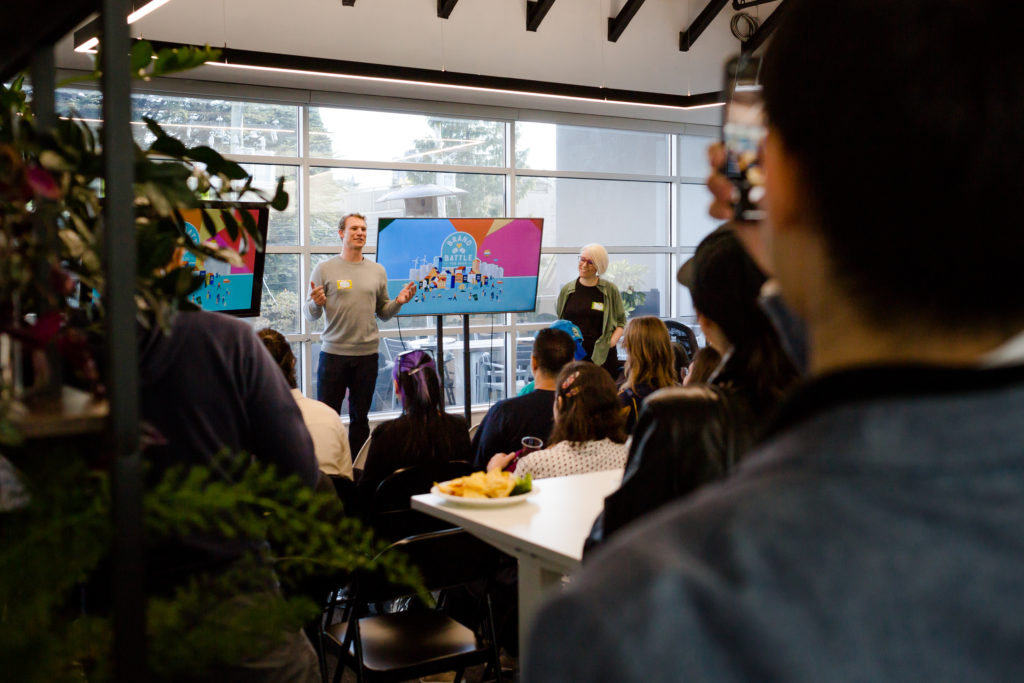
How can people help or contribute to Brands for Better Foundation’s mission?
Those interested can contribute by participating in or supporting any of our future events. Send your company’s team of creative thinkers, innovators, and disruptors to a future Brand Battle for Good to learn about and devise solutions for the issues facing our city, donate to our cause to help us continue to offer these incredible opportunities, or reach out and apply as a volunteer! If you’re interested in getting involved with Brands for Better, visit our website at brandsforbetter.ca to get in touch.
This story was featured in the Make The World Better magazine:
Learn about more world-changing individuals and organizations:
- Circular Rubber Technologies: Re-Tiring Rubber Waste
- Circular Economy Leadership Canada: Advancing Innovation
- EcoMeter: Measuring Foodprints to Support Sustainability
- Enerkem: Repurposing Waste to Fuel Our Lives
- FoodMesh: Rescuing Food for the Sake of People and Planet
- Project Learning Tree Canada: Planting Conservation Literacy
- Susgrainable: Fighting Food Waste with Fibre
- Textile Lab for Circularity: Weaving a Circular Solution
- Too Good To Go: Satisfying Your Appetite for Sustainability

